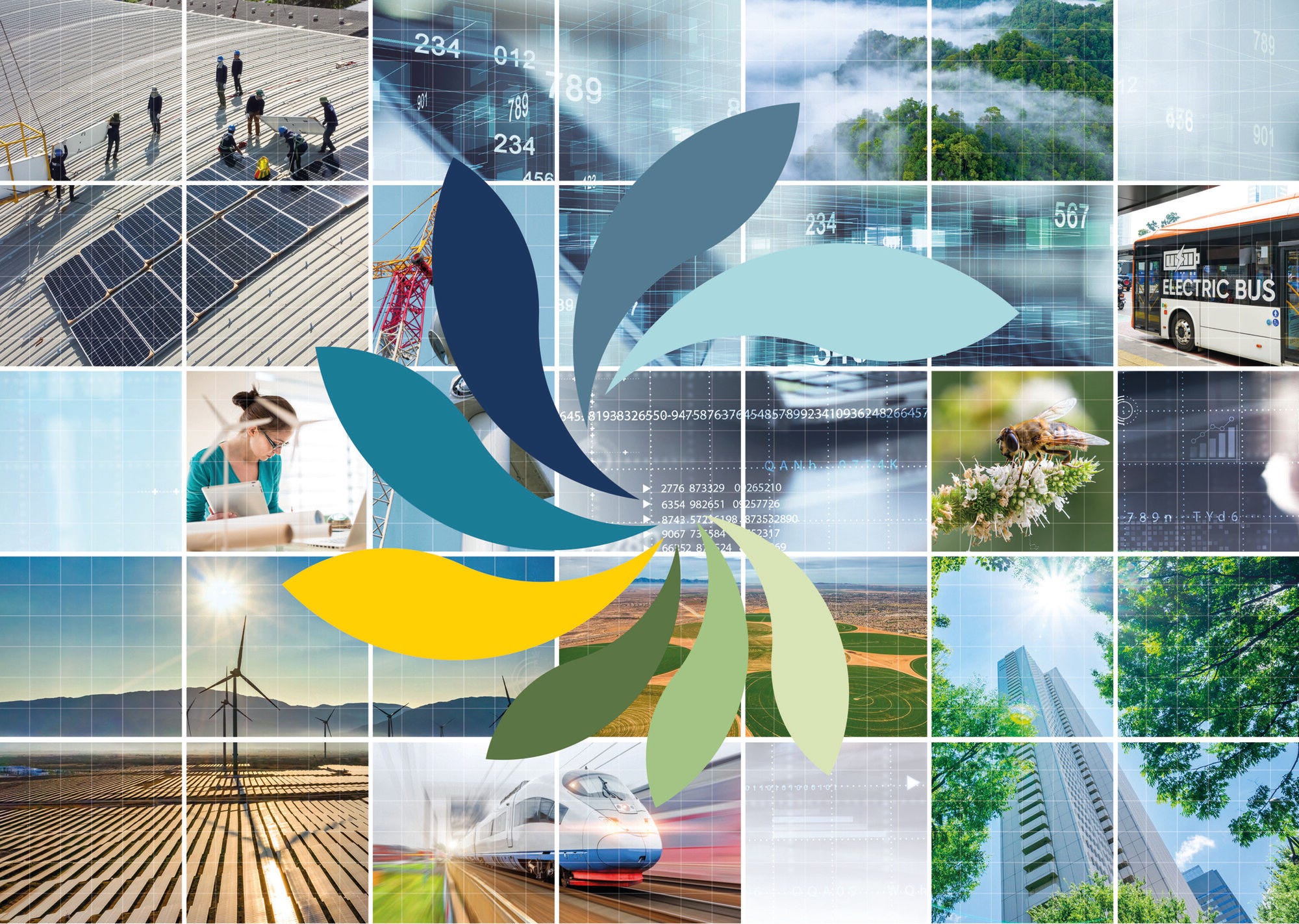This report presents findings from the first phase of the OECD Horizontal Project Net Zero+: Climate and economic resilience in a changing world (Net Zero+). It offers governments recommendations across diverse policy areas in order to ensure a resilient transition to net-zero emissions while simultaneously building resilience to climate impacts. It is not a comprehensive synthesis of all existing climate-relevant work across the OECD, but rather a curated selection to support climate policy making today and in the future.
The report was prepared under the work programme of the Environment Policy Committee (EPOC) as the lead committee. It also draws on work carried out under the Regional Development Policy Committee (RDPC), Committee on Fiscal Affairs (CFA), Insurance and Private Pensions Committee (IPPC), Working Party on Responsible Business Conduct (WPRBC) under the Investment Committee (IC), Development Assistance Committee (DAC), Economic Policy Committee (EPC), Public Governance Committee (PGC), Regulatory Policy Committee (RPC), Committee of Senior Budget Officials (SBO), Committee on Statistics and Statistical Policy (CSSP), Committee for Scientific and Technological Policy (CSTP), Committee for Industry Innovation and Entrepreneurship (CIIE), Committee for Agriculture (COAG), Trade Committee (TC), Employment, Labour and Social Affairs Committee (ELSAC). The report also draws on the work of the International Energy Agency (IEA) and the Nuclear Energy Agency (NEA).
The report is structured in three parts.
Part I presents the complex challenge that climate policy makers face today: how to accelerate climate action while dealing with equally urgent priorities such as crisis relief, upended global markets and value/supply chains, geopolitical tensions, and economic recovery. This is demonstrated through a review of the most recent science on climate system tipping points (Chapter 2), and a look at the challenges and opportunities for climate action brought by recent global disruptions such as the COVID-19 pandemic and Russia’s war on Ukraine (Chapter 3). In order to meet this challenge, Chapter 4 argues for an overarching approach to climate policy making centred on systemic resilience and “future-proofing” climate and economic policies, including through the use of tools such as strategic foresight.
Climate policies can only be successful if they themselves are resilient to potential future crises, including the socio-economic effects that may arise as a consequence of their implementation. Part II thus further explores systemic resilience in the transition to net-zero emissions. Chapter 5 spotlights climate mitigation and the immense transformation necessary to reach net zero, including bottlenecks and potential barriers. Chapter 6 considers the implications of climate policies on public finances. Chapter 7 explores the essential role of innovation in mitigating transition risks, notably in reducing overall mitigation costs to ensure that the necessary pace of emissions reductions can be maintained. Chapter 8 stresses the need to consider the distributional outcomes of climate policies on household income and expenditure and on labour markets, in order to ensure a fair and equitable transition and secure crucial public support. Chapter 9 addresses the importance of aligning financial flows with climate policy and the role of the private sector in driving the net-zero transformation. Chapter 10 considers the critical importance of developing countries in shaping progress on net zero globally.
Part III emphasises that the bifurcation of climate policy into mitigation and adaptation does little to build systemic resilience, again calling for a more holistic approach. Given that severe climate impacts are already happening and projected to intensify, Chapter 11 flags that there are limits to societies’ ability to adapt to the impacts of runaway climate change. Chapter 12 points out the interlinkages between mitigation, adaptation, and other environmental concerns such as biodiversity, and the need to better harness synergies between these areas. Chapter 13 addresses the importance of finance for building resilience, while Chapter 14 provides specific examples of what building resilience means across three distinct sectors (cities, food and energy systems).
Finally, Chapter 15 collects key policy recommendations from across the report’s three parts, identifying commonalities and interlinkages across policy domains. These recommendations provide practical options for how to integrate systemic resilience across climate-relevant policy areas, lighting the way for policy makers as they navigate the complexities of the climate crisis going forward.
